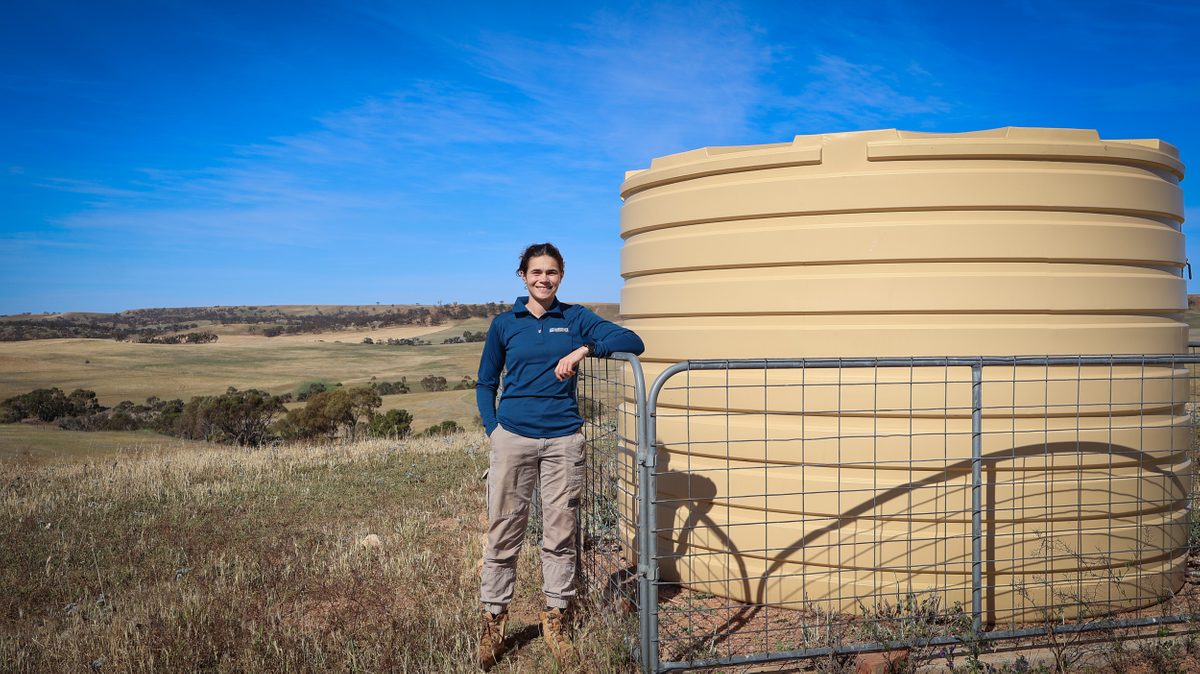Hooded Plover survey shows promising results
A survey of Yorke Peninsula’s Hooded Plover population is showing positive signs for the bird, but more needs to be done to help the species which is vulnerable to extinction.
A team of 42 volunteers aged 17-83 recently surveyed a 320 kilometre stretch of suitable bird nesting habitat on YP, counting 231 adult Hooded Plovers.
Natural Resources Northern and Yorke community team leader Deborah Furbank says the count showed an increase in bird numbers, up from 212 last year, partly due to better training and a larger area being covered.
"This year 100 per cent of suitable habitat on YP was surveyed for the first time, up from 67pc in 2012, giving us a good baseline figure to measure our conservation efforts," she says.
Recently listed under the Environmental Protection and Biodiversity Conservation Act, Ms Furbank says despite the promising signs found from the surveys, the Hooded Plover is still vulnerable on YP.
"Although this is a positive number of birds, there’s still room for improvement to get the population to a sustainable level," she says.
"It does show however, that we have good genetic diversity and we can focus on recruiting young birds into the population."
The Hooded Plover breeding season runs from August to March, coinciding with one of the busiest periods for holidaymakers on YP and Ms Furbank says the efforts of the community are vital to the survival of the species.
"It takes nine weeks of no disturbance from laying before the juvenile bird is able to fly and during this time they are vulnerable and have a low chance of survival," she says.
"Beachgoers can do a lot to help at this time of the year by sticking to the wet sand below the high tide mark. Eggs are well camouflaged and can be laid anywhere above the high tide mark or in the dunes, and can be easily crushed by people and vehicles.
"If you spot a Hooded Plover or one of the signed fences when walking your dog at the beach, place it on the lead until you’re at least 100 metres away as unleashed dogs keep the adult bird from the nest, leaving it exposed."
The surveys were conducted in conjunction with BirdLife Australia, who also recently banded a number of juvenile birds to enable them to be tracked to give a better understanding of their movements once leaving the nest.
Last week the organisation also conducted data portal training on YP for 14 volunteers who have now "adopted a beach" to monitor breeding pairs of Hooded Plover and can enter the observations directly into a data program for collection of information.
More volunteers are welcome for this program and training can be provided, so if you would like to help monitor YP’s Hooded Plovers, please contact Deborah Furbank on 0421 617 155.




